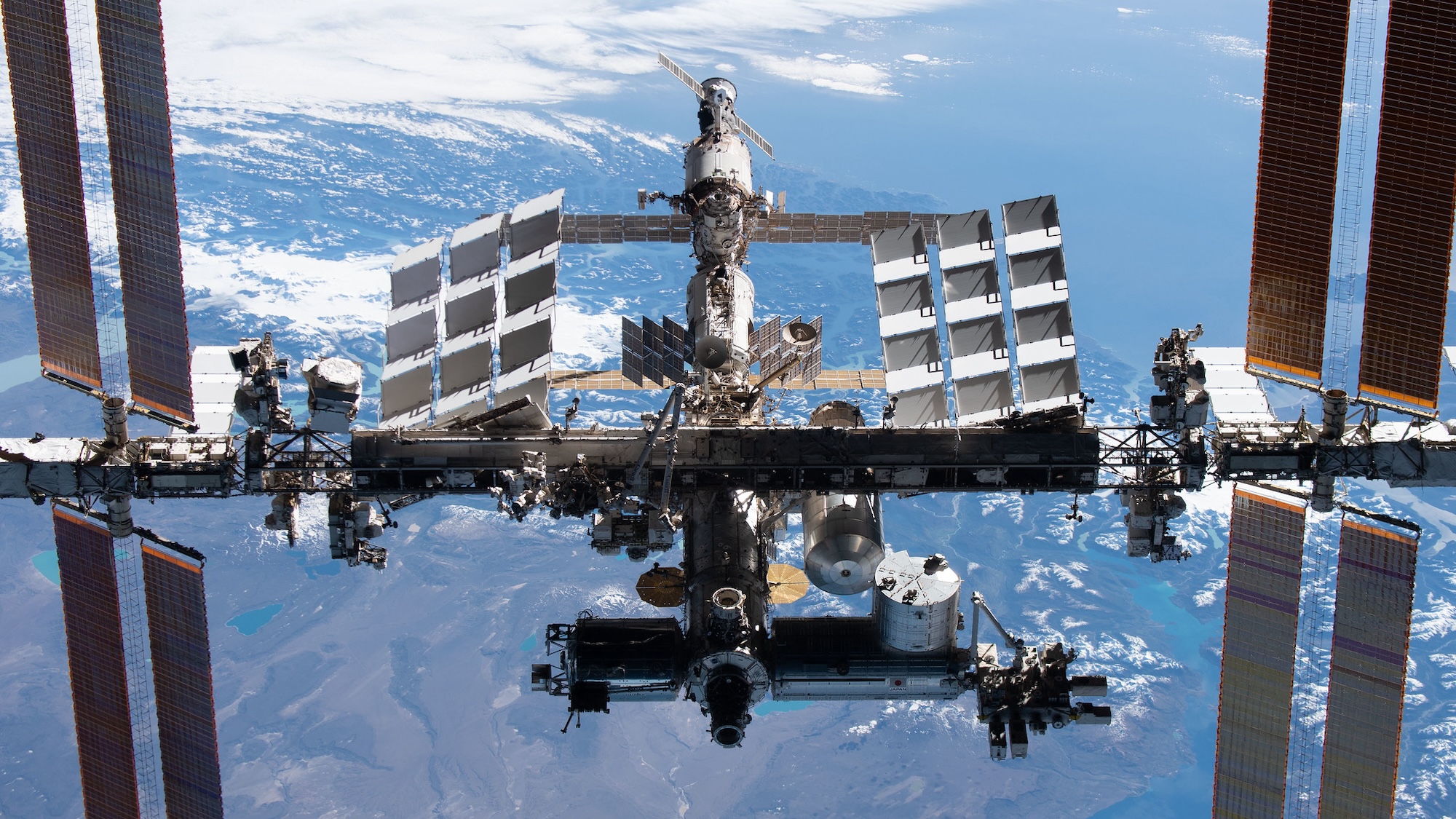

SpaceX will officially decommission the International Space Station in 2031. In a June 26 announcement, NASA confirmed Elon Musk’s private company will receive $843 million to develop and build the “US Deorbit Vehicle” that will knock the historic station into a fiery, one-way path back to Earth after its official 2030 retirement. Although no additional information is currently available on what such a vehicle would look like, NASA will pilot the craft and ensure the portions that don’t incinerate during reentry land it in a remote region of the Pacific Ocean known as Point Nemo.
“Selecting a US Deorbit Vehicle for the International Space Station will help NASA and its international partners ensure a safe and responsible transition in low Earth orbit at the end of station operations,” Ken Bowersox, NASA’s associate administrator for Space Operations Mission Directorate, said in a statement, adding that “this decision also supports NASA’s plans for future commercial destinations and allows for the continued use of space near Earth.”
[Related: Let this astronaut show you around the International Space Station.]
At 356-feet-long, the 450-ton ISS is the largest human-made object to ever orbit the planet. First announced in 1984, the station is the result of decades of design, 36 Space Shuttle assembly flights, and the coordinated efforts between Canadian, Russian, Japanese, and European Union space agencies. Over 270 astronauts from around the world have visited the station so far, conducting over 3,300 experiments in the process. There are currently 7 astronauts aboard the ISS, which can accommodate up to 13 passengers. But after 25 years in operation the ISS is showing signs of its age, such as microscopic hull leaks and software glitches—although it has managed to last longer than initially planned.
Meanwhile, humanity’s relationship to space has changed dramatically during the station’s tenure, with an increased focus on privatized travel and commercialization. NASA continues to oversee and plan missions like the Artemis lunar program, but shifted almost all of its spacecraft and rocketry needs to third-parties like Blue Origin and Boeing. SpaceX, however, has arguably become the most integral company for the agency’s future.
Awarding the crucial ISS deorbit contract to SpaceX also marks a major symbolic moment for the industry, and will cap a yearslong relationship between the company and NASA. NASA first awarded a $1.6 billion Commercial Resupply Services (CRS) contract to SpaceX in 2008, saving Musk’s then-struggling spaceflight company from financial ruin. The deal helped usher in a new era for NASA that would see the agency increasingly rely on SpaceX’s reusable rockets and vehicles for an array of missions. Once the ISS is destroyed, NASA intends to shift orbital programs to partnerships aboard multiple commercial space station projects. And come 2031, it will rely on SpaceX to end one of the most significant eras in human exploration.
